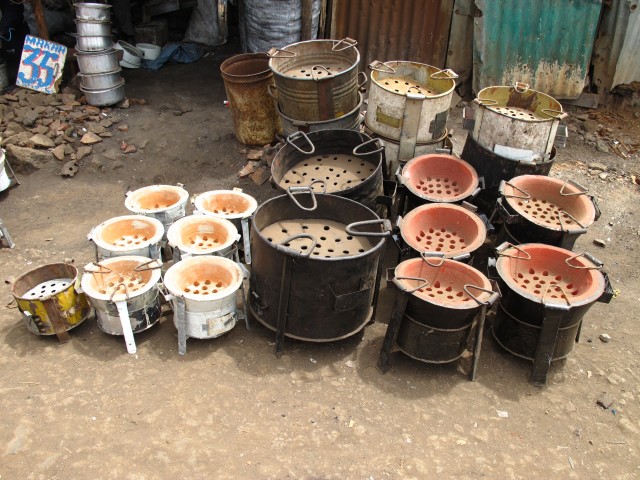Background
Acute respiratory infections (ARI) are the leading cause of the global burden of disease and have been causally linked with exposure to pollutants from domestic biomass fuels in less-developed countries. We used longitudinal health data coupled with detailed monitoring of personal exposure from more than 2 years of field measurements in rural Kenya to estimate the exposure-response relation for particulates smaller than 10 μm in diameter (PM10) generated from biomass combustion.
Methods
55 randomly-selected households (including 93 infants and children, 229 individuals between 5 and 49 years of age, and 23 aged 50 or older) in central Kenya were followed up for more than 2 years. Longitudinal data on ARI and acute lower respiratory infections (ALRI) were recorded at weekly clinical examinations. Exposure to PM10 was monitored by measurement of PM10 emission concentration and time-activity budgets.
Findings
With the best estimate of the exposure-response relation, we found that ARI and ALRI are increasing concave functions of average daily exposure to PM10, with the rate of increase declining for exposures above about 1000–2000 μg/m3. After we had included high-intensity exposure episodes, sex was no longer a significant predictor of ARI and ALRI.
Interpretation
The benefits of reduced exposure to PM10 are larger for average exposure less than about 1000–2000 μg/m3. Our findings have important consequences for international public-health policies, energy and combustion research, and technology transfer efforts that affect more than 2 billion people worldwide.
